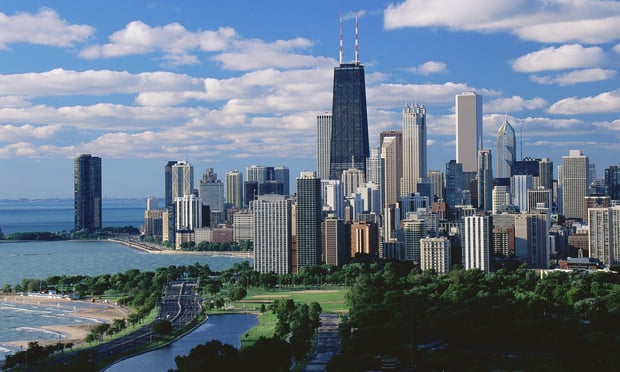CHICAGO—Construction costs are on the upswing throughout much of the US, but increases in Chicago have started outpacing other metro areas, according to a study by Mortenson Construction. With supplies of some key materials, equipment and labor tightening, the Chicago-based builder and developer has raised its estimate for non-residential construction cost increases in Chicago for 2017 from 4% to 4.5%, the highest among the major markets examined. Chicago costs are up 4.9% compared to the same period a year ago.
By contrast, Mortenson says the Phoenix cost index increased 3.6% versus a year ago. This is in line with trends company officials see at the national level.
“Chicago construction activity initially lagged other markets in recovering after the 2008 recession, but it has gradually caught up and is strong now,” Dennis McGreal, chief estimator for Mortenson Construction's Chicago office, tells GlobeSt.com. Costs in the metro area jumped 4.3% in 2016.
Recommended For You
Want to continue reading?
Become a Free ALM Digital Reader.
Once you are an ALM Digital Member, you’ll receive:
- Breaking commercial real estate news and analysis, on-site and via our newsletters and custom alerts
- Educational webcasts, white papers, and ebooks from industry thought leaders
- Critical coverage of the property casualty insurance and financial advisory markets on our other ALM sites, PropertyCasualty360 and ThinkAdvisor
Already have an account? Sign In Now
*May exclude premium content© 2025 ALM Global, LLC, All Rights Reserved. Request academic re-use from www.copyright.com. All other uses, submit a request to [email protected]. For more information visit Asset & Logo Licensing.









